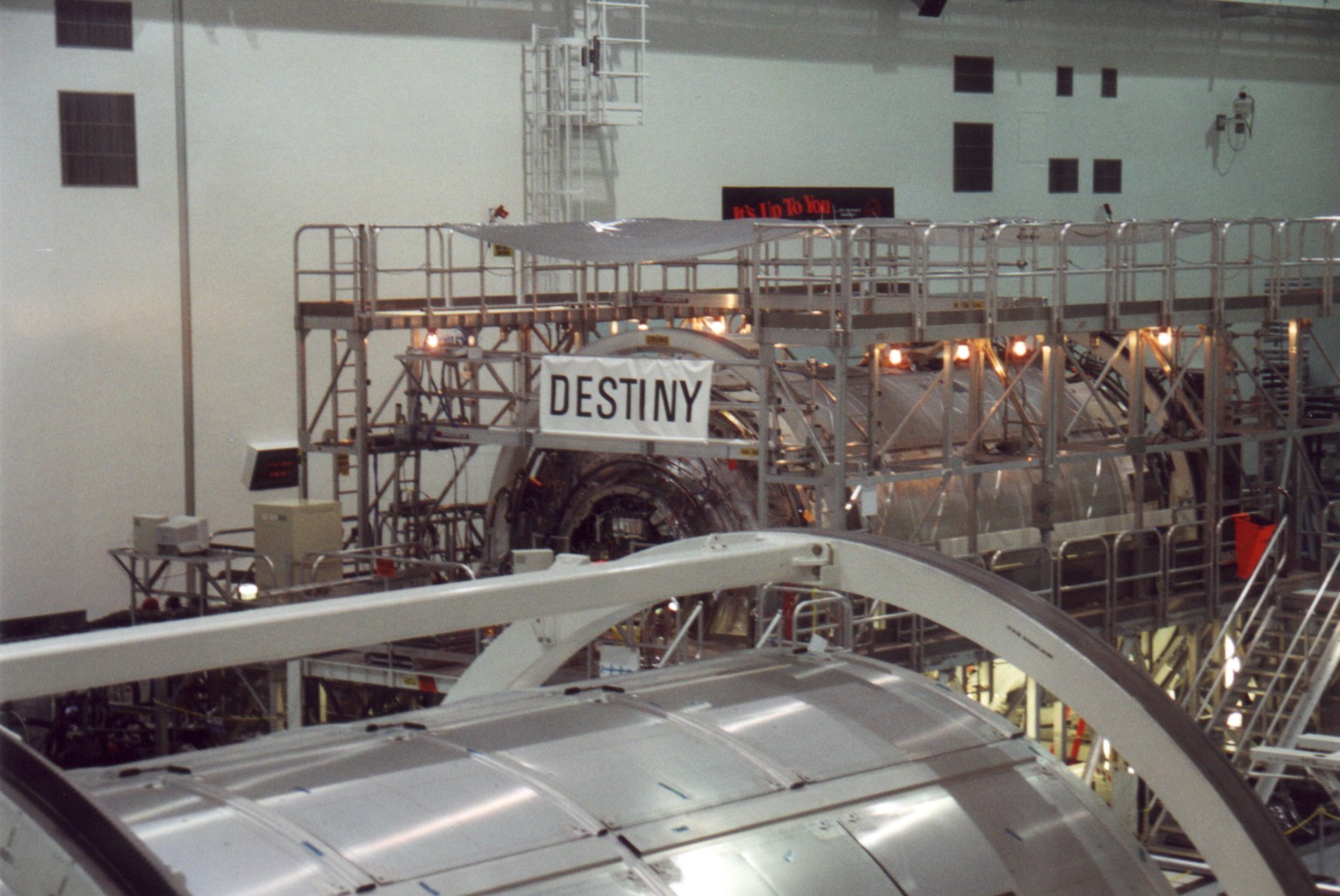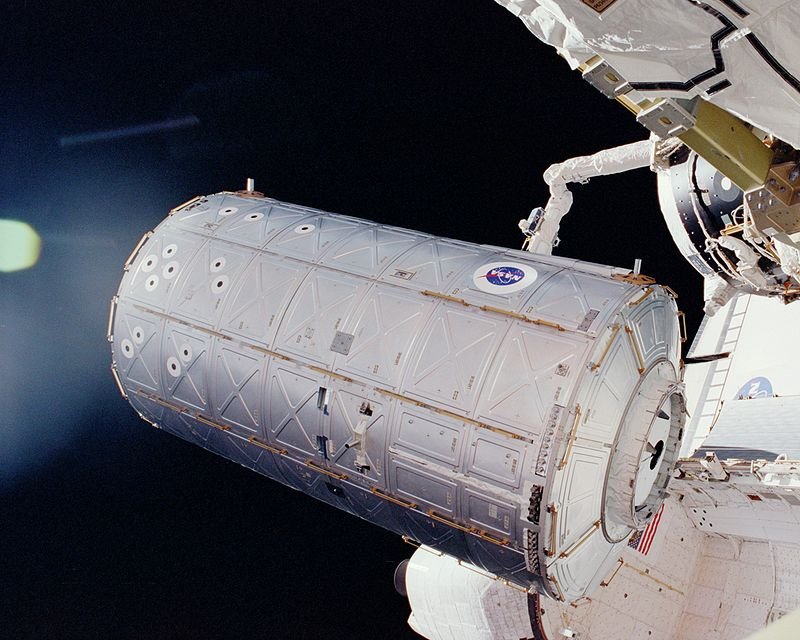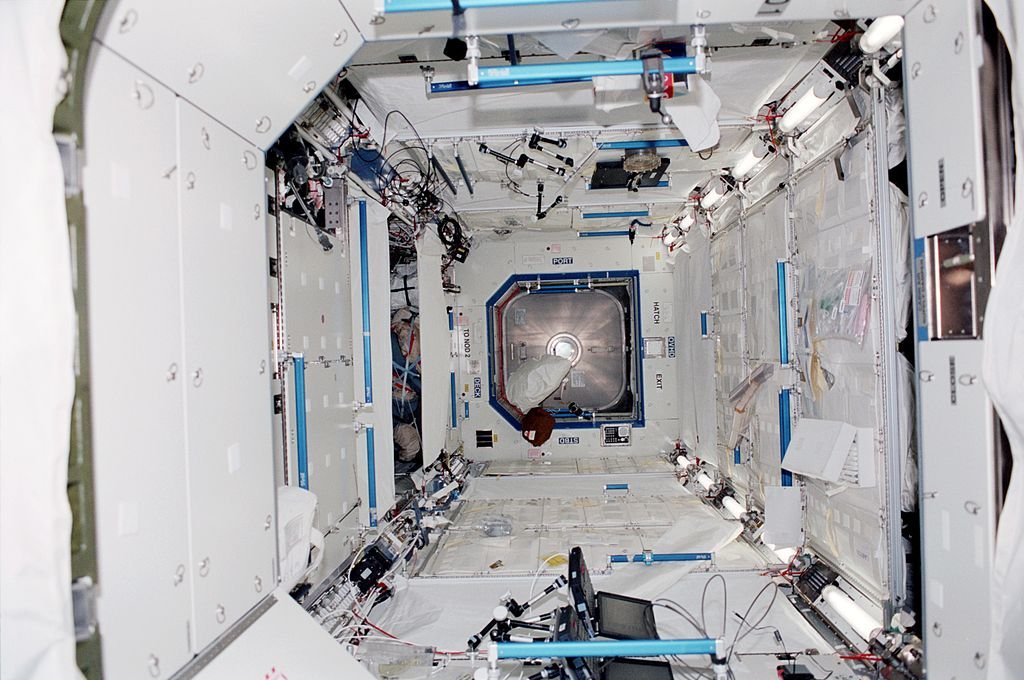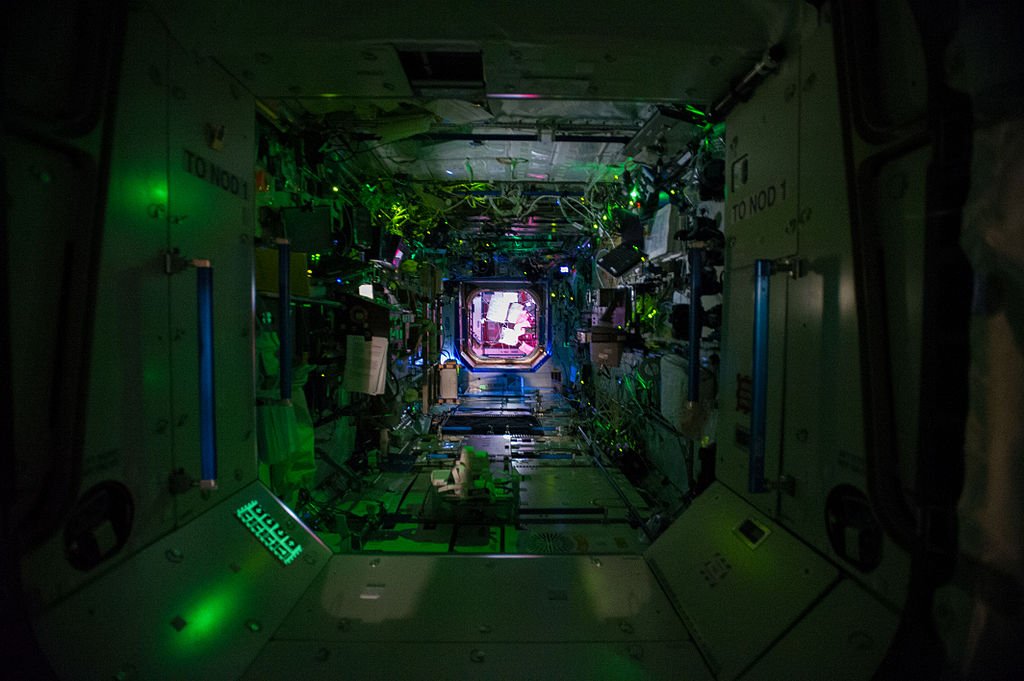Launch pad 39A as seen from the LC-39 Observation Gantry in February 2000. On the pad is Space Shuttle Endeavour (though you can only really see the nose of the external fuel tank). It would launch on February 11, 2000.
- Tag Archives KSC
-
-
Kennedy Space Center: Saturn IB (2000)
 Saturn IB at the Kennedy Space Center in February 2000
Saturn IB at the Kennedy Space Center in February 2000Source: Kennedy Space Center: Saturn IB (2000)
The Saturn IB was a predecessor to the Saturn V which first took Astronauts to the moon. The Saturn IB was used for early orbital test flights of the Apollo Command Service Module and the Lunar Module. It launched the first manned Apollo flight and test of the Command Service Module, Apollo 7 (originally designated Apollo 1 but a tragic fire killed that crew).
Later (1973), the Saturn IB was used to launch crews to the Skylab space station three times. Finally in 1975, a Saturn IB was used to launch the Apollo portion of the US-USSR Apollo-Soyuz Test Project.
There were a total of 14 Saturn IBs built or partially built. The first five (SA-201 – SA-205) were used for test flights for the Apollo program. The next two (SA-206 – SA-207) were used for flights to Skylab. SA-208 was used as a standby to rescue astronauts from the Skylab 3 flight if needed (it wasn’t) and was used to transport the third and final Skylab crew.
SA-209 was used as a rescue standby for both the Skylab 4 flight and the Apollo-Soyuz flight (fortunately not needed for either). It was then designated for the Skylab 5 mission which was to boost the orbit of Skylab so that it would last until the Space Shuttle was ready. This mission was cancelled and the rocket was never used. This is the Saturn IB in the picture above at the Kennedy Space Center.
SA-210 was used for the Apollo-Soyuz mission and was the last Saturn IB flight.
SA-211 was unused and the first stage is at the Alabama Welcome Center on I-65 in Alabama while the S-IVB stage is on display at the U.S. Space and Rocket Center in Alabama.
SA-212 was unused. The first stage was scrapped while the S-IVB stage was converted to the Skylab Space Station.
Both SA-213 and SA-214 only had first stages built and they were unused and eventually scrapped.
-
Kennedy Space Center: ISS Destiny Module
The above photo is from October 2000 at the Kennedy Space Center of the Destiny module for the International Space Station.
The Destiny module was launched in February 2001 aboard the Space Shuttle Atlantis. Once it was attached to the Unity module and activated, it became NASA’s first permanent orbital research station since Skylab in 1974. This module is where the U.S. performs most of its research on board the ISS. At the time this module was added, it increased liveable space onboard the ISS by nearly 50%. Several years after Destiny was installed, the Harmony module was attached to the forward end of Destiny.
In addition to being the home of most U.S. scientific experiments, the Destiny module also contains a one of a kind observation window and the control center for the station’s robotic arm. The window is made from telescopic quality glass and is the clearest glass ever flown in space. The robotic arm is a much larger and more capable version of the robotic arms of the Space Shuttles.




